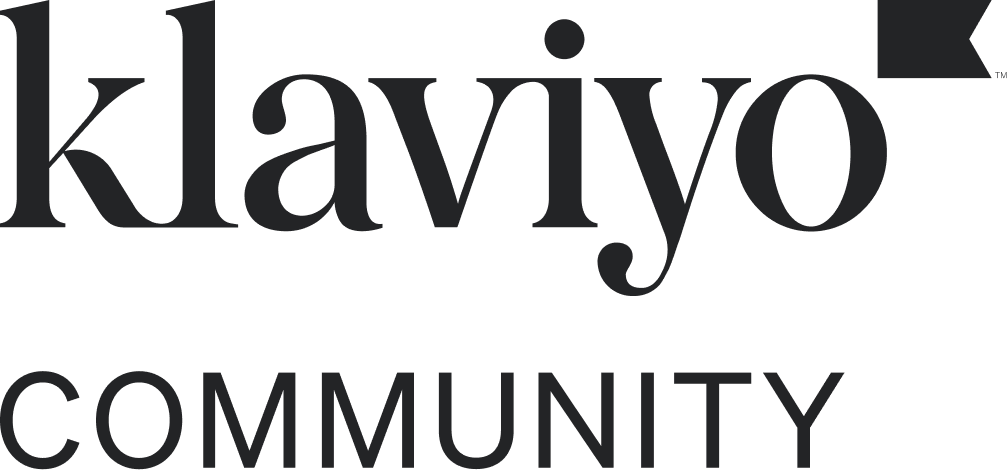I have noticed that recently my bounce rates have increased significantly from where they were previously. It seems as if the majoriy of them are coming from the Comcast.net domain. I have also seen hotmail/outlook/office365 and the second highest that much less than Comcast and some from something called “Proofpoint”.
I’m not doing any differently with my email acquisition with emails subscribtions coming from people who actually touch my site and I’m using the same segments to exclude email addresses who havent engaged with any emails after a period of time.
I’m wondering if this could be do to a setting possibly from when I setup the new branded sender domain or if there is something else I may need to look into.
I’m getting a litte concerned because though the rest of my deliverability metrics seems to be favorable this one clearly needs to be addressed.
Any advice on how to properly troubleshoot or correct this b/c I’m getting worried. Last thing I want is to be considered a bad sender.









![[Academy] Klaviyo Product Certificate Forum|alt.badge.img](https://uploads-us-west-2.insided.com/klaviyo-en/attachment/8798a408-1d98-4c3e-9ae8-65091bb58328_thumb.png)

![[Academy] Deliverability Certificate Forum|alt.badge.img](https://uploads-us-west-2.insided.com/klaviyo-en/attachment/505f2253-cde5-4365-98fd-9d894328b3e0_thumb.png)

